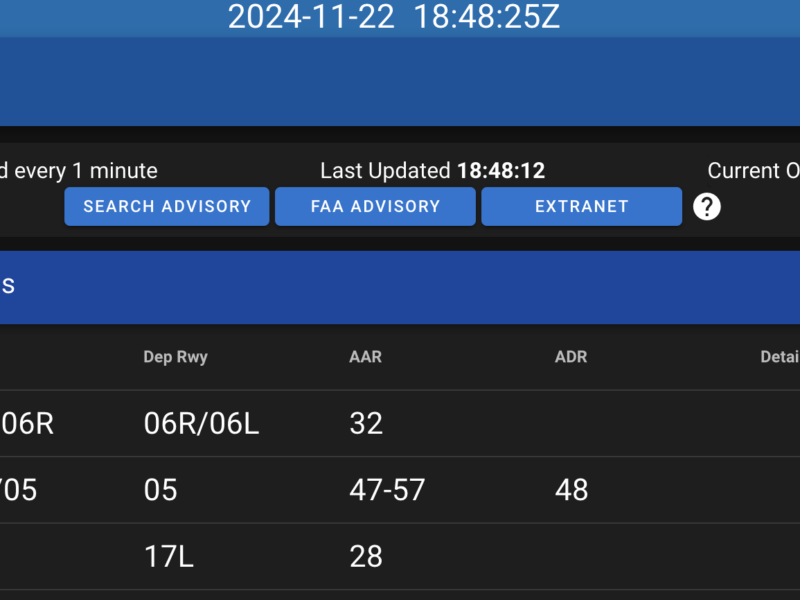Chalk 1.3 hours under the multi column in my log book!
I was able to get up yesterday for my first in plane multi-engine lesson to tackle circuits. I was demonstrated the first one, then I proceeded to do another three before we called it a day.
Doing all the pre-flight checks and run-ups is pretty much the same in a single, except you have to do it twice. Once for each engine. Plus since this is a constant speed prop, you have the additional feathering tests you need to perform.
The first thing I noticed about the Seminole, is how heavy it is. It has a lot of inertia when taxiing.
I am being taught to do a static take-off. Brakes on, power up engines to 2000 rpm, confirm engine gages, full power, then release brakes. The thing really takes off.
Perform the usual checks, full power/rpm, engine temp/pressure in the green, airspeed alive. Rotate at 85KTIAS. When insufficient runway remains to land, gear up. While on the climb out set power to “twenty five squared”.
Reduce power to 25″ of manifold pressure, then adjust the pitch of the props to maintain 2500 rpm.
A constant speed prop allows you to adjust the speed of the engine and prop independently of each other. The RPM gauges tell you how fast the props are spinning, while the manifold pressure gauge tells you how “hard” the engine is working.
By this time, I still have about 200-300 feet of climbing to go before I can turn my crosswind leg. I’m maintaining 100KTIAS.
Get to the downwind, perform my downwind checks and lower the gear. Yup! One more new thing to worry about. You can actually feel the airplane slow down when the gear is lowered. I confirm “three green and one in the mirror” (there is a little mirror on the pilot’s nacelle so you can see if the nose gear is lowered properly.
Turn base, add one notch of flaps, reduce speed, start slowing the plane down.
Turn final, another notch of flaps. Do a GUMP check:
G – Gas – Confirm both tanks are on, and none are cross-fed.
U – Undercarriage – Confirm three greens and one in the mirror.
M – Mixture – Full rich
P – Prop – Move prop to full fine.
Short final, add your final notch of flaps, and start reducing power.
Now here comes the hardest part (for me at least). Flaring and reducing power simultaneously. I just need to get the hang of it. You have to leave power in during the flare, otherwise the plane will literally drop like a rock.
I was actually pretty happy with my performance after my lesson. I told my FI that it feels like “upgrading” from a tricycle to a mountain bike.
I’m glad this rating will only take me about 7-10 hours. I don’t know how long I can take seeing $345.00 under the rate column for my lessons. Ouch!
Next lesson is going to be upper air work. I’m both nervous and looking forward to it at the same time.

